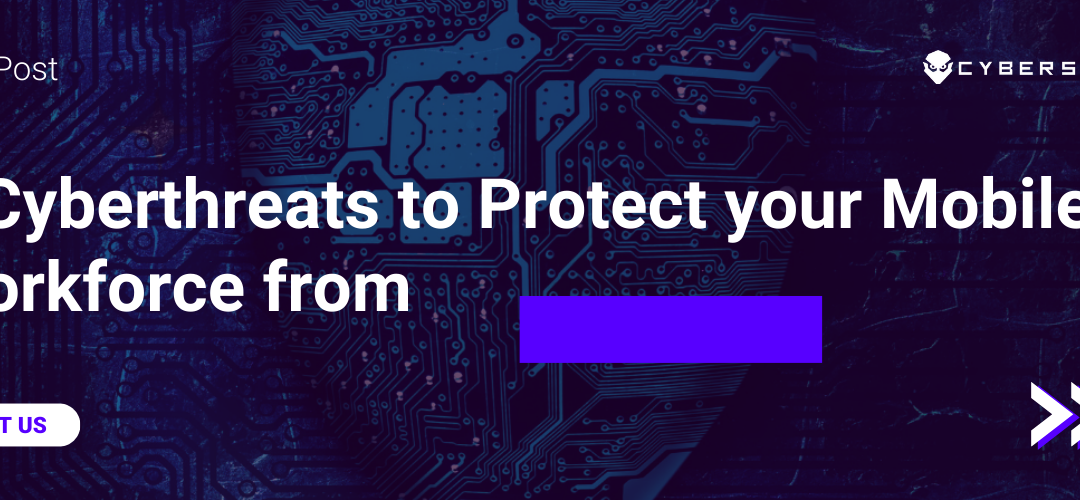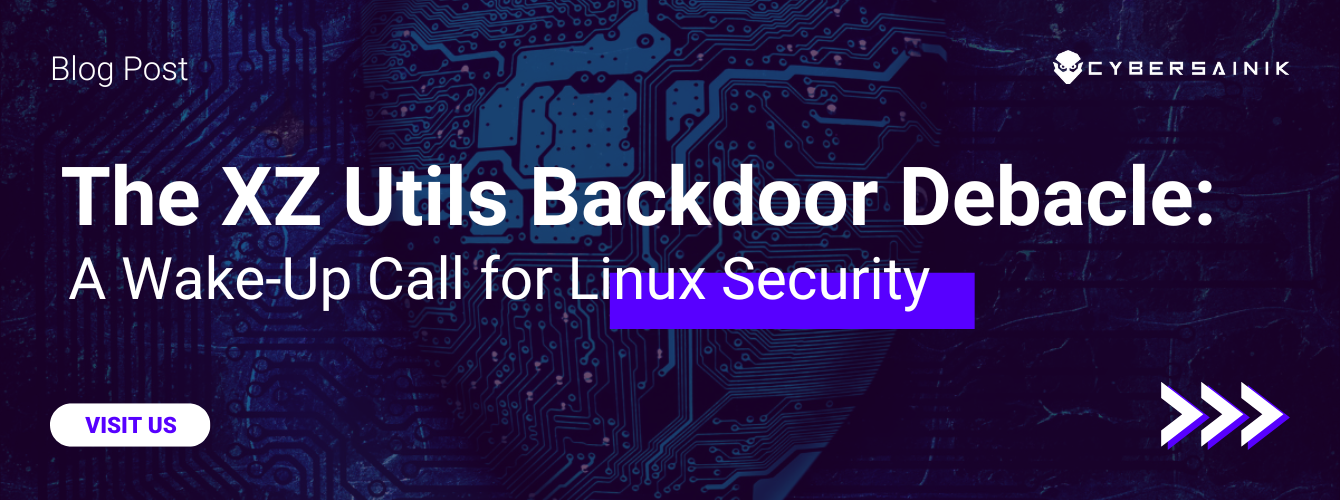We live our lives on the go. Whether we are texting, checking social media, reading emails, sharing photos, or streaming music, our world is not only digitized, but it’s mobile, which means businesses and cyber threats are too. Unfortunately, the more convenience we have, the greater the risk for threats, which puts businesses in danger, particularly mobile workforce businesses, meaning the majority of their operations are handled remotely. Here are five cyber threats that specifically affect the mobile workforce and how to best protect your business without sacrificing convenience.
1. Ransomware
There is nothing new about ransomware, except for how versatile it is nowadays, meaning it can damage your business no matter where you’re at. A few ways to avoid a ransomware attack are to invest in Security Information and Event Management (SIEM), Email Security, and Identity Management. These solutions are ideal for all companies, but particularly for establishments that require frequent travel and have remote employees using devices that business owners can’t control. Security Information and Event Management (SIEM) is specifically beneficial for the mobile workforce because it collects data from network devices, servers, and endpoints (laptops) to aggregate and analyze.
It ensures your devices are safe and your network is working as it should, no matter where you are and no matter what devices your employees are using. Email security is crucial in protecting your organization against ransomware since email is a common outlet used to send ransom links. Identity Management and Multi-Factor Authentication (MFA) are particularly helpful for limiting who can access your remote devices. With these security solutions, businesses are not only protecting their networks, but they aren’t compromising their efficiency.
Remember that a new ransomware attack occurs every 14 seconds, which means educating your employees is essential. Email and video chat services like Skype are not only among the top forms of communication for mobile workforce businesses, but they are also popular for ransomware attacks, as cybercriminals infect the platforms with ransom links. This makes establishing a strong cybersecurity culture in your business all the more important, whether you’re in the office or not.
2. Smishing
Smishing is one of the many trending cyberattacks to watch out for this year, as it involves cybercriminals sending malicious links and attachments to victims via SMS texting. Smishing typically involves requests for credit card information or social security numbers, and the messages often contain poor spelling and grammar, which fortunately means that most of the time, they are easy to detect with human eyes. Just to be sure, however, present smishing examples in your cybersecurity training.
Prepare your business for the worst-case scenario with a disaster recovery investment. Disaster Recovery as a Service (DRaaS) is ideal for disasters in general but is especially beneficial for incidents that are out of your control. Take, for instance, your employees’ personal smartphones. As a business, you can’t control who sends text messages to employee devices, which means that if one of your workers is a victim of smishing, then it’s likely that your business is too. Disaster Recovery as a Service (DRaaS) replicates your data so that it can be quickly recovered.
For the sake of company devices, require that authority pre-approve contacts and questionable texts and remember to remind employees that your company would never request sensitive information in the form of a text.
3. Malicious Apps
Downloadable apps are our best friends when it comes to convenience and our on-the-go experiences, whether personal or work-related. In fact, a lot of corporations have their own apps that employees and clients can download for better business experiences. However, downloadable apps can also be incredibly dangerous if they come from a third-party app store. Malicious apps are typically infected with malware that resembles mobile games, dating apps, and instant messaging. If an employee downloads one, whether on a personal or company device, all types of cyberattacks can happen like ransomware and phishing, compromising your company network.
The easiest and most effective way to avoid malicious apps is to never download apps outside of official app stores. If it doesn’t come from Google Play or the Apple App Store, then chances are, it’s malicious. Keep in mind also that malvertising can be another way to get users to download malicious apps. These are fake advertisements infected with malware, typically found in social media or emails that encourage users to click on or download something. To reiterate and to share with your employees, if it’s not from an official app store, avoid it.
4. Social Media Cyberattacks
Social media cyberattacks can happen on any device, anywhere, and at any time, especially to on-the-go users and businesses that operate remotely. Aside from malvertising and other cyberattacks we mentioned above, impersonations are common ways hackers strike social media users. Facebook estimates that 50 million to 100 million monthly users are fake duplicate profiles and out of that, 14 million are malicious. Cybercriminals research Facebook timelines, Twitter feeds, followers, friends, and hashtags to gather as much information about a victim as possible so that when a malicious link or attachment is sent via social media, it looks like it’s coming from a trusted source.
As mentioned before, cybersecurity training is a simple yet effective way to protect your business from social media attacks. Employees should know what various cyberattacks like phishing and ransomware look like on different social media platforms. For instance, it could be a side ad found on Facebook, a fake Instagram profile that privately messaged your business on Instagram or a malicious message in Facebook Messenger from a hacker who is impersonating a family member. So, although a brief social media break might seem harmless, it can be detrimental to your enterprise if the proper training isn’t set in place. Whatever form the attack comes in, ensure employees are prepared and can easily identify suspicious activity.
However, don’t forget that social media can still be a slippery slope and human error is always possible. For this, cloud solutions will secure your network should a threat come from social media. Start by backing up your data through Backup as a Service (BaaS), powered by Veeam Cloud Connect, and ensure disaster recovery practices with Disaster Recovery as a Service (DRaaS). To top it off, utilize Security as a Service (SECaaS) solutions like Security Information and Event Management (SIEM) and Intrusion Detection and Response (IDS/IPS) to remediate cyberattacks in your network, pinpoint the origin of threats and ensure your network is running as it should, no matter where it’s operating.
5. Unsecured & Fake Networks
We’re all guilty of connecting to unsecured networks at some point because they’re accessible and seem harmless. As tempting as it is to connect to them, they are a haven for cyberattacks. Unsecured networks, or networks without passwords are networks that virtually anyone within range can connect to, which makes mobile workforce businesses prime candidates for threats that derive from them. These networks lack anti-virus and firewall protection, which means that when connected, your sensitive data is floating around in cyberspace waiting to feed a hacker.
Fake networks, also known as “hotspot honeypots,” are malicious networks created by cybercriminals to attract victims and exploit their personal information. They are also huge reasons why you should never connect to unsecured networks. To a victim, unsecured and fake networks look identical. Once connected, the cybercriminal can infect company and employee devices with a number of cyber threats, jeopardizing your business.
Employees within mobile workforce companies answer emails remotely, which is why email security is critical to protecting your company from fake and unsecured networks. Just like social media, fake networks aren’t always the easiest to identify, which is why a disaster recovery plan can make up for human error. Additionally, you’ll want to instill Security Information and Event Management (SIEM) along with Intrusion Detection and Prevention (IDS/IPS) for threat detection, fast remediation, and accurate source pinpointing.
The easiest solution and biggest takeaway when it comes to fake and unsecured networks is that by simply avoiding unsecured networks, you are also avoiding fake networks.
Bottom Line
With the mobile workforce overtaking day-to-day business practices, on-the-go cyber threats are inevitable. However, with strong cybersecurity protocols in place, you can defend your corporation from attackers anywhere and maintain convenience without compromise. Contact us for more information




